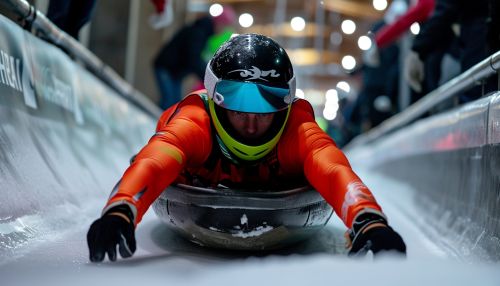Luge
History
The sport of luge has a long and storied history, with its origins dating back to the 19th century. It was first introduced in Switzerland, where it was initially used as a means of transportation during the winter months. The first recorded luge races took place in 1883 in Davos, Switzerland, with competitors racing along a 4-kilometer track from St. Wolfgang to Klosters. The sport quickly gained popularity and spread to other parts of Europe, including Austria and Germany.
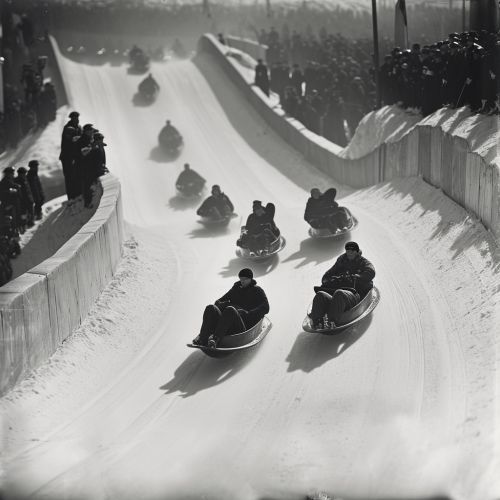
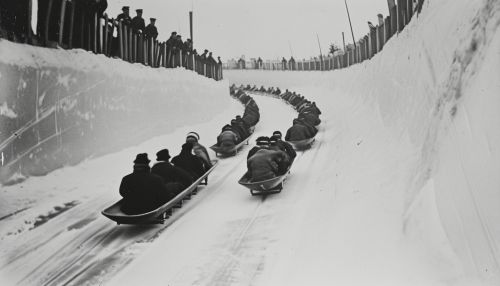
In the early 20th century, luge began to be recognized as a competitive sport. The first World Championships were held in 1955 in Oslo, Norway, and the sport was included in the Winter Olympic Games for the first time in 1964 in Innsbruck, Austria. Since then, luge has been a staple of the Winter Olympics, with events for men's singles, women's singles, and doubles.
Equipment
The equipment used in luge is specialized and designed to maximize speed and control while minimizing friction. The most important piece of equipment is the sled, which is made of a composite material, usually fiberglass, with steel runners. The sled is steered by flexing the sled's runners with the calf of each leg or exerting opposite shoulder pressure to the seat. The design of the sled is regulated by the International Luge Federation (FIL), which sets specific standards for weight, length, and other characteristics.
Competitors also wear specialized clothing designed to reduce air resistance. This includes a one-piece suit, gloves, and a helmet with a visor. The helmet is particularly important, as it not only protects the athlete's head in the event of a crash, but the shape and design can also contribute to aerodynamics and speed.
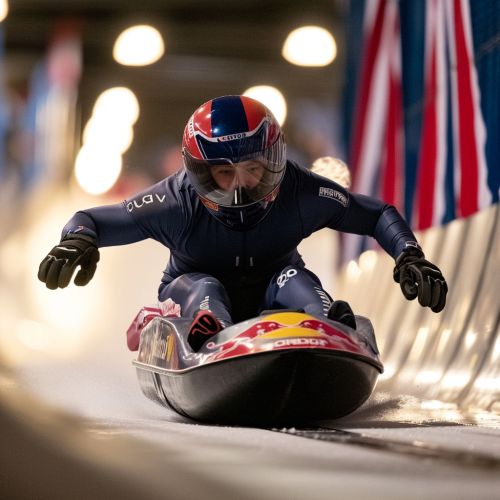
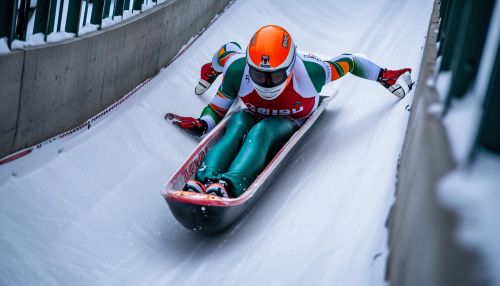
Technique
The technique involved in luge is complex and requires a great deal of skill and precision. At the start of the race, competitors sit on their sleds and use their hands, which are covered with spiked gloves, to propel themselves along the ice. Once they are moving, they lie back on the sled, feet first, and navigate the course using shifts in body weight and slight movements of the legs.
One of the key aspects of luge technique is the ability to maintain a streamlined position on the sled to minimize air resistance. This involves keeping the body flat and the head back. However, the competitor must also be able to see where they are going, which is achieved by looking up through the visor of the helmet.
Another important aspect of luge technique is navigating the turns on the course. This involves precise timing and the ability to anticipate the forces that will be exerted on the body. A successful luge competitor must be able to navigate these turns at high speed while maintaining control of the sled.
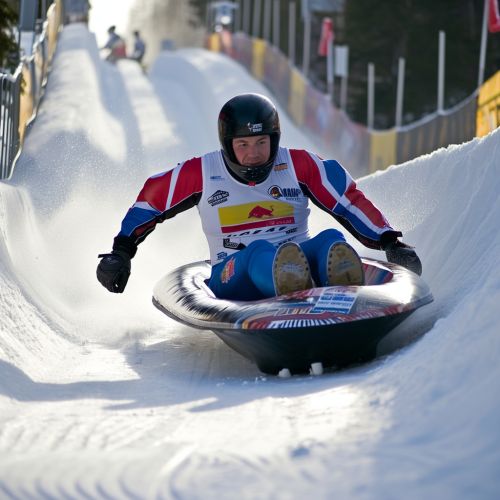
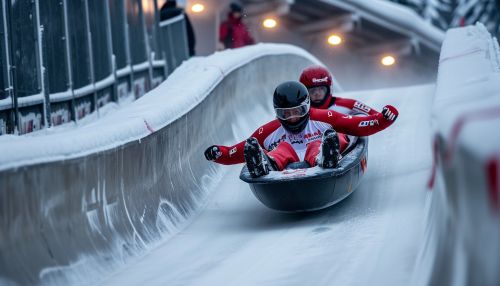
Competition
Luge competitions are governed by the International Luge Federation (FIL), which oversees the rules and regulations of the sport. Competitions are held on a variety of tracks, which can vary in length from 1,000 to 1,500 meters. The tracks are made of concrete and covered with ice, and they feature a series of turns and straightaways.
In a luge competition, each competitor or team makes two or four runs down the track. The times of all the runs are added together, and the competitor with the lowest total time is the winner. In the event of a tie, the competitor with the fastest single run is declared the winner.
There are several different events in a luge competition, including men's singles, women's singles, and doubles. In the doubles event, two competitors ride on the same sled, with one lying on top of the other. This event is open to both men and women, although most teams are composed of two men.
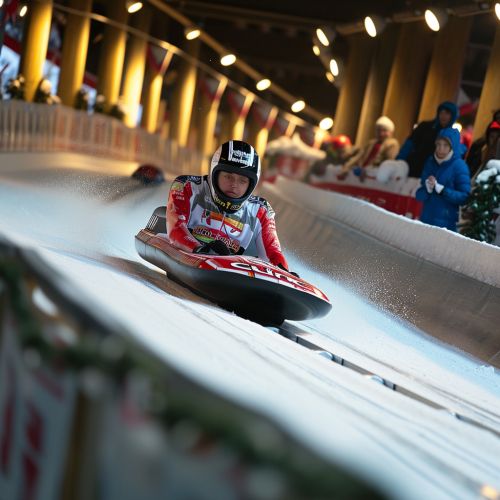
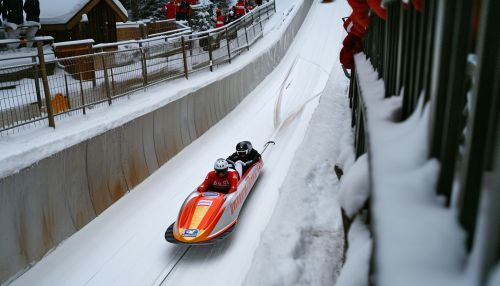
Safety and Risks
Despite the high speeds and intense physical demands of luge, the sport has a relatively low injury rate compared to other winter sports. This is largely due to the extensive safety measures that are in place during competitions. Tracks are designed with safety in mind, with high walls to prevent competitors from leaving the track and padding on any exposed structures.
However, luge is not without risks. The high speeds and precise control required can lead to crashes, which can result in injuries ranging from minor bruises and sprains to more serious injuries such as fractures and concussions. There have also been instances of fatal accidents in the sport, although these are extremely rare.
Competitors are required to wear helmets to protect their heads, and many also wear padding on their bodies to protect against injury in the event of a crash. Additionally, the design of the sled and the rules of the sport are continually being reviewed and updated to improve safety.

